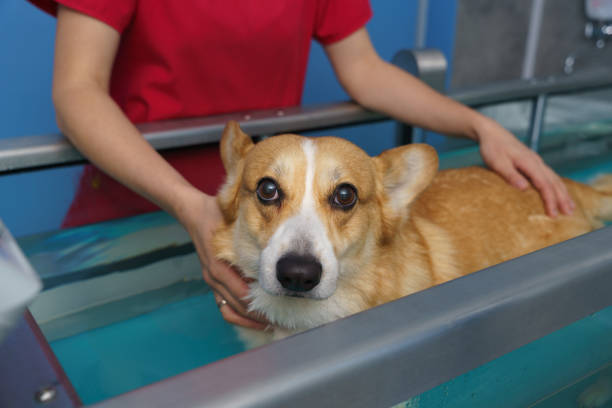Senior companion care: adjusting routines for aging needs
As pets age, their daily needs shift in predictable ways. Small routine changes — from feeding schedules to shorter walks and more frequent vet checks — can make a meaningful difference in comfort and mobility. This article outlines practical adjustments owners can apply to support an aging companion’s physical, mental and emotional well-being.

Caring for a senior companion requires thoughtful adjustments to routines, environment, and medical oversight. Older animals often experience reduced mobility, altered nutrition needs, sensory decline, and changes in behavior; these issues call for incremental but consistent changes to daily life. The goal is to preserve quality of life by matching activity, diet, grooming, and social interaction to current abilities rather than past norms.
How should nutrition change for senior companions?
Aging pets commonly need diets that are easier to digest and tailored to maintain lean muscle while supporting organ health. Senior-specific formulas often have adjusted protein levels, increased joint-support nutrients such as glucosamine and omega-3 fatty acids, and modified calorie counts to prevent weight gain or loss. Split feeding into smaller, more frequent meals if appetite fluctuates, and monitor weight weekly. For pets with dental problems, soften kibble with warm water or offer wet food varieties. Always check with a veterinarian before switching diets, especially when kidney, liver, or endocrine conditions are present.
What exercise suits ageing pets?
Exercise remains important but should be adapted to the pet’s stamina and mobility. Shorter, more frequent walks or play sessions can maintain cardiovascular health and mental stimulation without overtaxing joints. Low-impact activities such as swimming (if accessible), gentle leash walks, or controlled fetch on soft surfaces reduce joint stress. Incorporate short periods of stretching and encourage slow stair use only if safe. Pay attention to signs of fatigue, limping, or reluctance; those signal the need to reduce intensity or seek veterinary evaluation.
When should you consult veterinary care?
Regular veterinary check-ups become more critical as pets age. Semiannual exams are often recommended for senior animals to catch age-related issues early: dental disease, arthritis, vision or hearing loss, metabolic disorders, and cancer screening where appropriate. Discuss blood work and urinalysis to assess organ function and adjust medications or diet. If you notice sudden behavioral changes, increased thirst or urination, weight loss, persistent vomiting or diarrhea, or mobility decline, schedule a vet visit promptly. Early detection improves management options and comfort.
How can training and behavior adapt with age?
Training in senior pets shifts from teaching new complex behaviors toward reinforcing existing routines and reducing anxiety. Consistency helps reduce confusion when cognitive decline occurs; maintain clear cues and predictable schedules. Use positive reinforcement and short training sessions tailored to physical limits. Address behavioral changes—such as increased clinginess, irritability, or house-soiling—by ruling out medical causes first, then implementing environmental adjustments and rewarding calm behaviors. Socialization should remain gentle and controlled, emphasizing safe, low-stress interactions.
What grooming and hygiene adjustments are needed?
Grooming often requires more frequent attention for older companions. Thinning fur, drier skin, and reduced grooming due to joint pain can lead to mats and skin irritation. Increase brushing frequency to remove loose hair and stimulate circulation, and check skin folds for irritation. Trim nails carefully to prevent overgrowth that affects gait, and consider canine or feline-safe paw balms for dry pads. For animals with decreased ability to groom themselves, brief wipe-downs and attention to dental hygiene can prevent infections and discomfort.
How to improve safety and enrichment at home?
Adapt the home to reduce fall and injury risks: add non-slip mats on slippery floors, use ramps or stairs with traction for furniture and vehicles, and provide raised feeding stations if bending causes strain. Place comfortable beds in easy-access, warm locations and consider orthopedic bedding for joint support. Enrichment should be gentle and consistent—short puzzle feeders, scent games, and soft toys can keep minds engaged. If travel is necessary, plan for reduced stress with familiar bedding, secure carriers, and frequent stops to check comfort.
Conclusion
Adjusting routines for senior companions is about small, sustainable changes that respect the animal’s current capabilities. Balanced nutrition, tailored exercise, proactive veterinary care, consistent behavioral approaches, attentive grooming, and a safer living environment together support a smoother aging process and help preserve dignity and comfort in later years.





